The living room is usually the central, multi-functional hub of the home. Whether it be for entertaining, working or relaxing, the best lighting should be versatile and cater to all our living room needs. After all, we spend more time in the living spaces than any other room in the home and so providing the right lighting is vital. The best lighting should not only illuminate our room but also lift our mood, promote productivity, and set the right ambience – especially if you have low levels of natural light.
Essentially, living room lighting needs to be ‘layered’ with three strategically placed types of lighting. The first is ambient lighting, the focal point which provides the room’s overall illumination. This is often overhead ceiling lighting like pendant or spotlights in the room. Task lighting is more directional for specific areas in the room such as work/desk zones, and these can be either reading or floor lamps. And accent lighting is used to bring attention to a certain feature. This could be to highlight wall art, photography, or decorative pieces on a bookshelf.
‘Play with layers – check that your walls are well lit, this will make the room feel brighter,’ suggests Kate Wilkins and Sam Neuman of Home Lighting Ideas, ‘then create a focus point with tables or pictures, add evening lamps and you will have your key layers.’
This trinity of layered lighting is important for creating the perfect balance. From pendant and wall lights to LED, there are so many types of lighting to choose from. But there are some key things to consider before deciding on your living room lighting. Firstly, where do you want the lights to be positioned in the room and for what particular task? Think about the scale and size of the room. Large statement floor lamps can look overwhelming in small living rooms, so would benefit from wall-mounted lamps to free up space and offer more focused light.
Consider what mood or atmosphere you want to create:
• Do you want a warm soft glow or a cool white light for your space? Warm lighting is ideal for when you want to relax and unwind, while a cool white light is energising and ideal for a more open-plan space that benefits from brighter lighting.
• Do you prefer a dimmer switch or a standard flick switch? Dimmer switches are ideal for setting the right tone for your lighting needs.
• And finally, what is your budget? Lighting can be pretty costly so it’s worth shopping around for what you need.
These living room lighting ideas will help you choose the right one to suit your requirements.
Ceiling lights come in various types, shapes and sizes. The most popular are pendant lights which hang from the ceiling, creating striking focal points. These are often height adjustable to suit any sized room. ‘Ceiling lights that go beyond the humble light shade can make a real style statement and draw the eye up,’ says Ally Dowsing-Reynolds, co-owner at Dowsing & Reynolds. ‘Ceiling lights don’t have to be stark and bright. Add a dimmer and you can have it bright and light during the day and relaxing and cosy at night.’
Chandeliers and cluster lights can make bold statement pieces, while flush lights sit closer to the ceiling which is ideal for living rooms with lower ceilings. Before you buy, it’s important to take the height of your ceiling into consideration. You don’t want a larger ceiling light to overpower a compact space, while a small fixture won’t have much ambient impact in a larger room.
‘Higher ceilings give you room for stunning statement makers,’ adds Ben Marshall, Creative Director from Hudson Valley Group. ‘Consider putting lighting first in spaces with higher ceilings, going big on a large chandelier, maybe something that goes in all directions like Sputnik and make other design decisions for the space complementary to this piece.’
Wall lighting or wall sconces are great for illuminating specific areas in the room, and lets you perform tasks with ease. The ‘hard wired’ lights are installed into the wall and requires professional wiring into your mains, while the ‘plug and switch’ options plug directly into the mains.
‘Wall lamps offer an opportunity to create a zoned atmosphere,’ shares Peter Legg, New Products Development Manager of där lighting. ‘Many have individual switches that allow more control of the light in the space, but give thought to the projection – the distance the light protrudes from the wall.’
The main types of wall lighting include uplights that shine accent lighting up the wall, while downlights beam light towards the ground, ideal for illuminating artwork or photography. Adjustable swing arm lights are great for directional light and for those dark reading corners. ‘Illuminating a treasured artwork, alcove or collection of ceramic objects creates focus and contrast in a room,’ explain Kate Wilkins and Sam Neuman. ‘Shining a beam of light on a precious piece can bring it back to life, particularly at night.’
Other things to consider include placement and the spacing of wall lighting. Wall sconces are usually used as a pair or placed either side of a feature like a fireplace. It’s also recommended not to install wall lighting at eye level with an exposed lightbulb, and to hang them at approximately 5.5 to 6 feet.
LED spotlights and fixtures are becoming more popular, with many contemporary styles to choose from. They are also the more eco-friendly option, with a longer lifespan.
The kelvin numbers offered for LED lights are usually 2700K and 3000K, and commonly used in either warm white or cool light. It’s useful to consider the type of mood lighting you want to achieve for your living room, as they can come in a wide range of colour temperatures. ‘LED lights are 80 per cent more efficient than traditional lightbulbs with better light distribution, lasting six times longer than other bulbs,’ says Kate Wilkins and Sam Neuman. ‘Choose warmer halogen or incandescent LED bulbs rather than the cold fluorescent versions on a 5 amp dimming circuit for greater control and flexibility.’
LED lighting and strip lights are also a great way to illuminate display cabinets and show off your bookshelves. In addition, positioning LED spotlight lamps towards walls or the ceiling is a great way to get rid of unwanted shadows. ‘LEDs are also dimmable,’ adds Ally Dowsing-Reynolds, ‘meaning you can show off stylish filament bulbs and control their brightness with the turn of a switch.’ It’s useful to consider what specific places can benefit from LED lighting such as alcoves or around your entertainment/TV space.
If you have a favourite reading spot, floor lamps offer both ambient and task lighting. As well as illuminating dark corners, they are great placed beside a sofa to set the mood for relaxation.
‘Floor lamps can be used anywhere and are particularly favourable when looking to introduce low light into a room where table space is limited,’ explains Peter Legg. ‘A popular position is next to an armchair where they can be easily switched on.’
From metal to wooden, a striking floor lamp can make the perfect statement piece in your living room. Just ensure the size of your lamp is in proportion to your room space.
Like this article? Sign up to our newsletter to get more articles like this delivered straight to your inbox.
In need of some positivity or not able to make it to the shops? Subscribe to House Beautiful magazine today and get each issue delivered directly to your door.


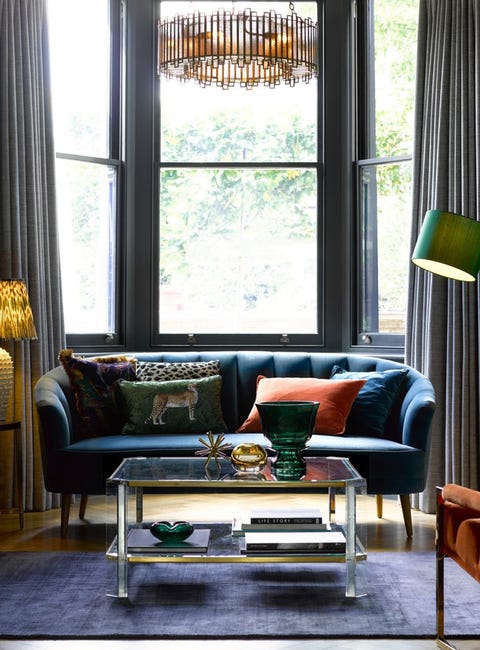
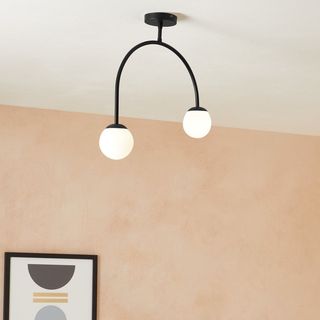
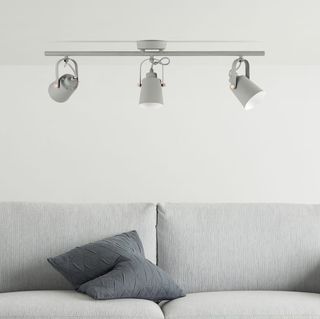
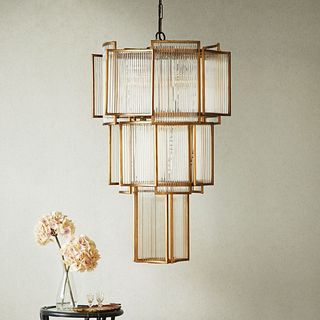

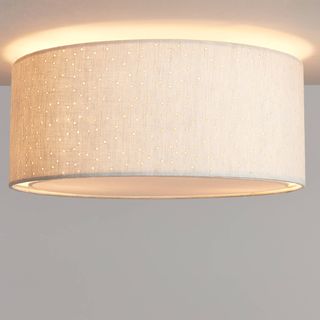
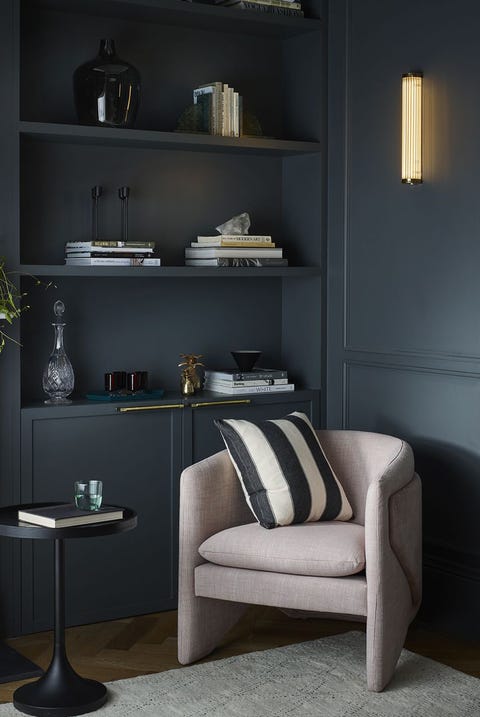
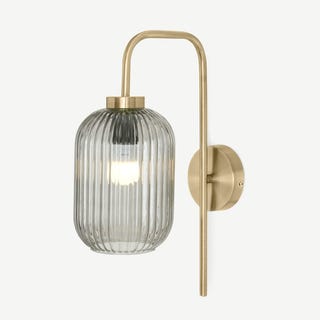
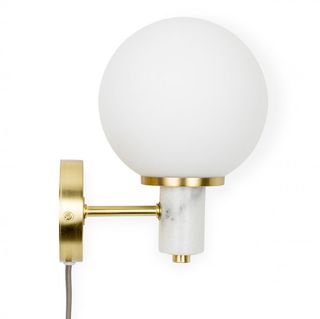
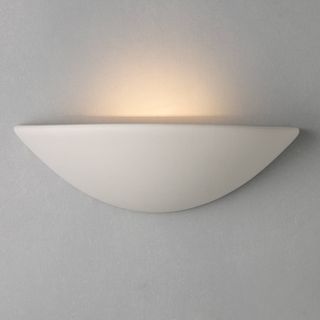

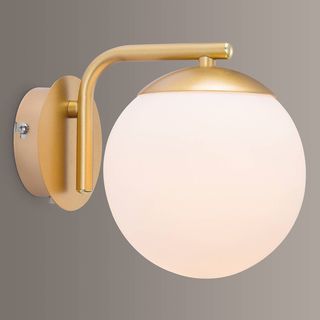

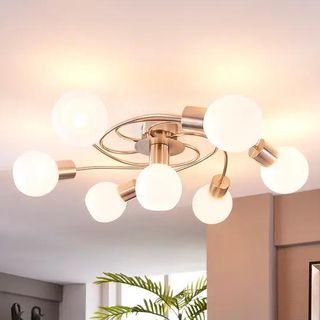
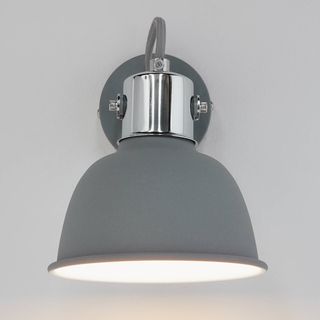
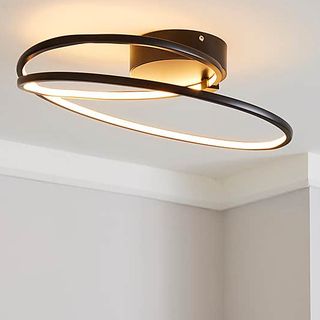
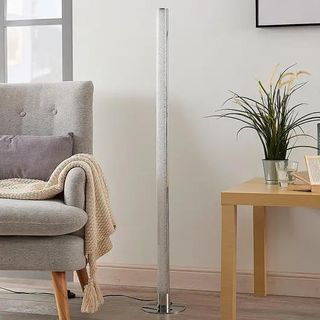
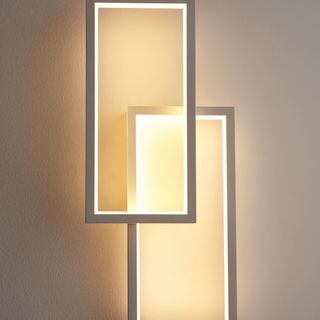
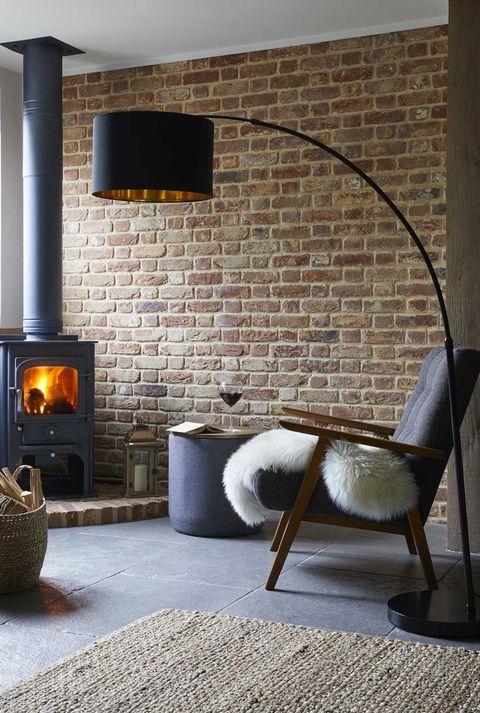
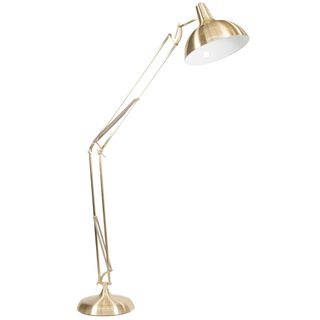

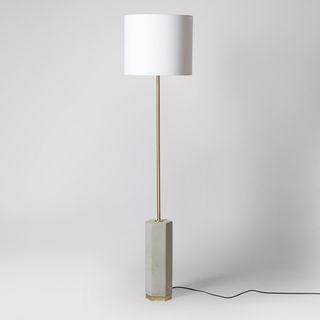



:max_bytes(150000):strip_icc()/house-cleaning-schedule-for-every-day-3129149-06-b23eacd9ef3a41fc833c68e095b34c72.jpg)


More Stories
Easy Bedroom Decorating Ideas
Changing Moods in Home Decorating
Irresistible Home Decor For Music Lovers